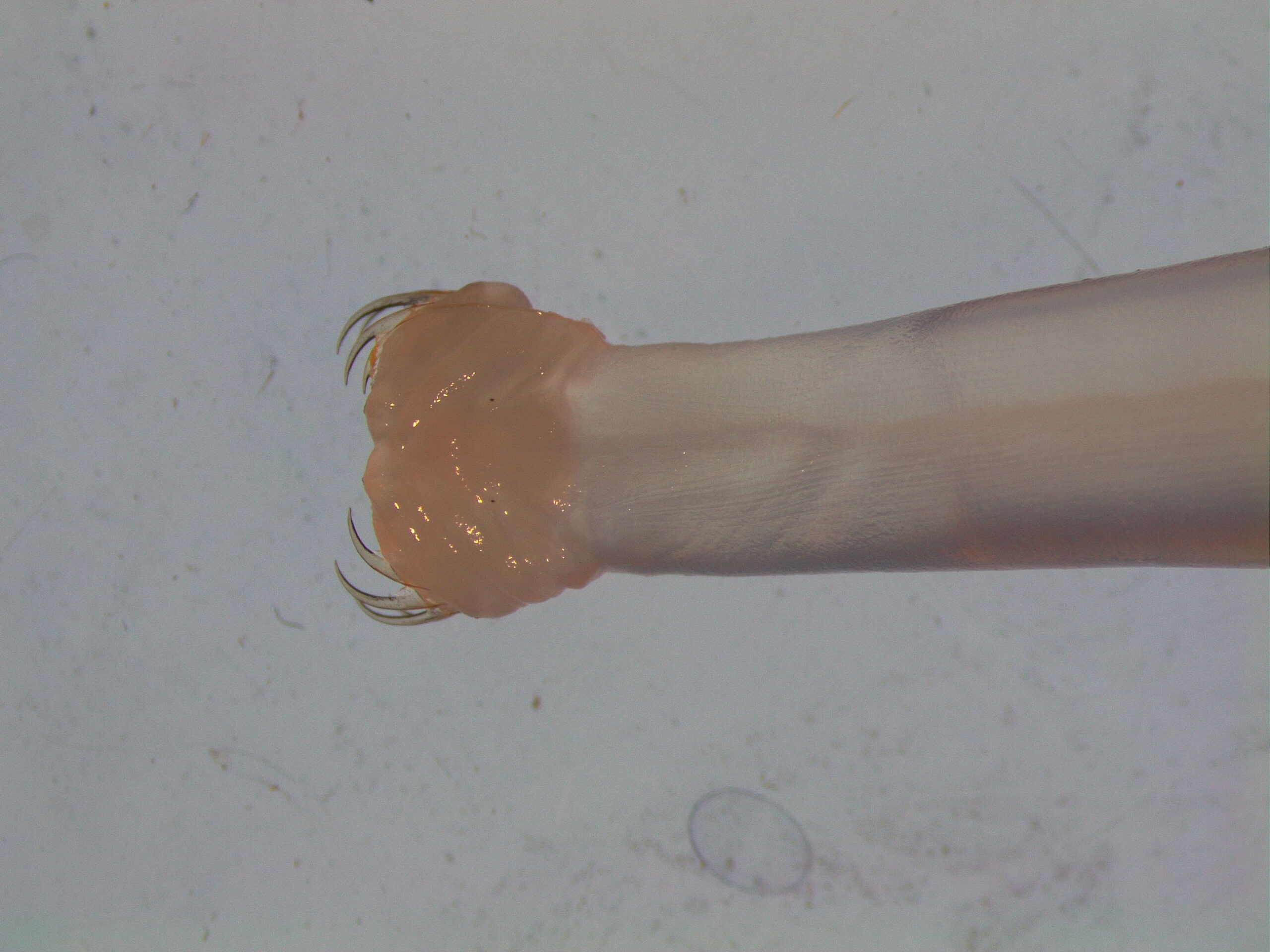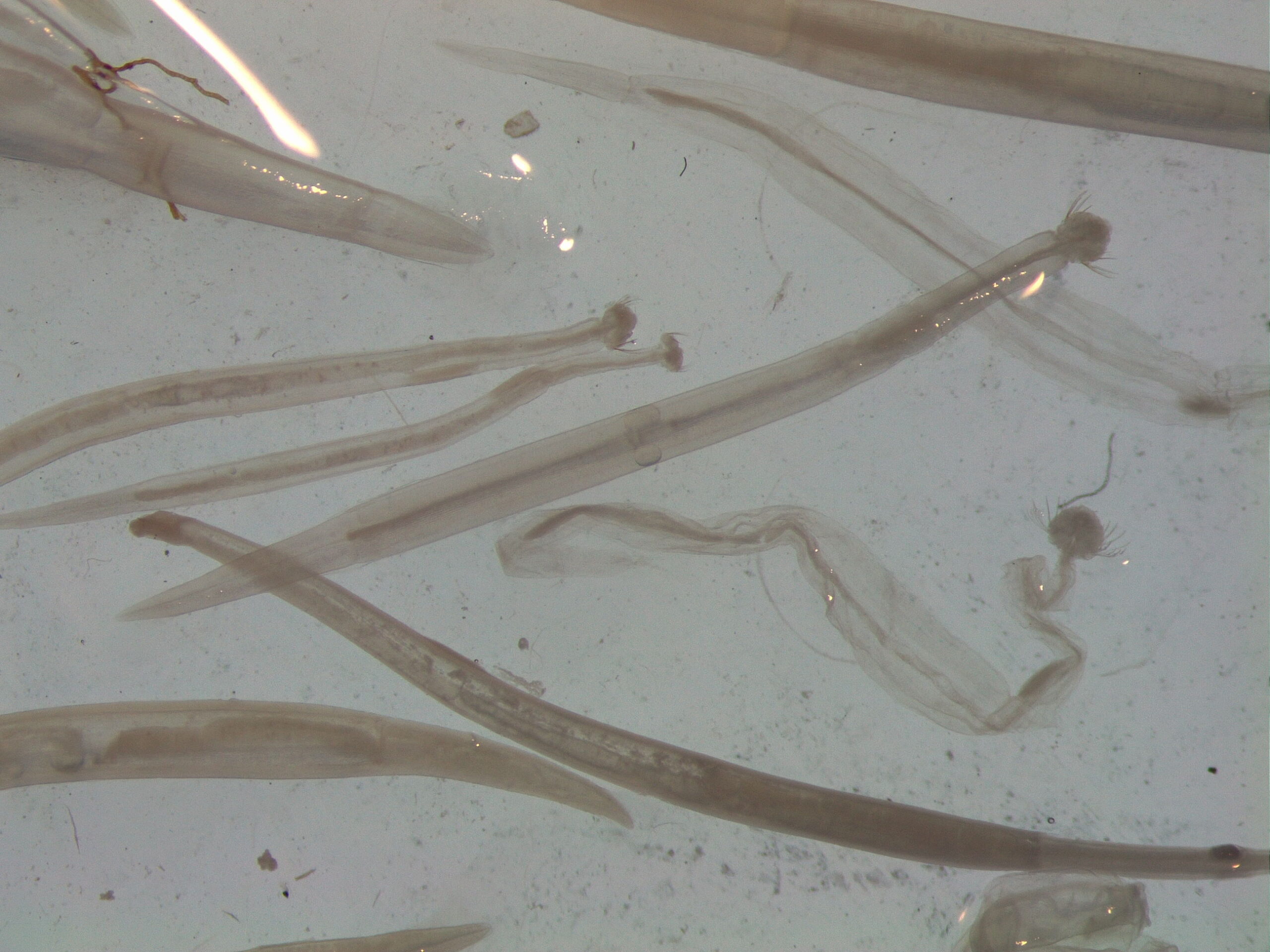Recently I have been able to make the long-awaited transition from primarily lab-work focused to primarily writing-and-analysis focused. Although I will miss getting a change of scenery between the office and the lab, and the tangible feeling of doing something that comes from lab work, it is a relief to make this switch now that I am coming into the final months of my PhD. In the last few weeks, I’ve barely had any lab work to do, and it feels like I’ve been able to make a lot of progress with the data analysis and writing things up. I am sure there will still be a few things that needs to be checked or sequenced, but also that I can tentatively say that I have reached the major milestone of being done with lab work.


Of course, the lab work did not want to finish smoothly, and there ended up being quite a bit of trial, error and trouble shooting to get the last few samples working. Most of this work was on arrow worms, or chaetognaths, which are an important predator in the zooplankton. When I was sorting through the samples under the microscope, there were no clear identifiable features to differentiate between individuals (besides size, but that cannot be used as a distinguishing feature, as big individuals had to start off small), so getting DNA sequences of a representative number of individuals across the sampling period and the size range was important to confirm how many chaetognath species were present in the samples.
After all my work on sequencing the Patagonotothen genus (rock cod), I wasn’t sure how many species the chaetognaths would end up being, but the results ended up being relatively straightforward – I have 2 species in my samples. As much as it would have been interesting for there to be more species, as the two species present have been recorded further north in the Brazil-Falklands
Confluence, and further south in the Antarctic Circumpolar Current, for the amount of time it had taken to get the chaetognath samples working, and how complicated the analysis on the Patagonotothens is turning out to be, it was quite nice to have some results be relatively simple, for a change!
I have now also got all of the sequences I need to analyse my Patagonotothen samples – there are 24 fish samples that I have 7 gene regions sequenced for, giving me a total of nearly 3,500 base pairs to compare on phylogenetic trees (compared to the 200-600 base pairs each of the regions individually provide). There’s obviously still a lot to do, both with the analysis and getting everything structured and written up, but – at the moment at any rate – it does seem like things are falling into place! Hopefully I haven’t jinxed it…